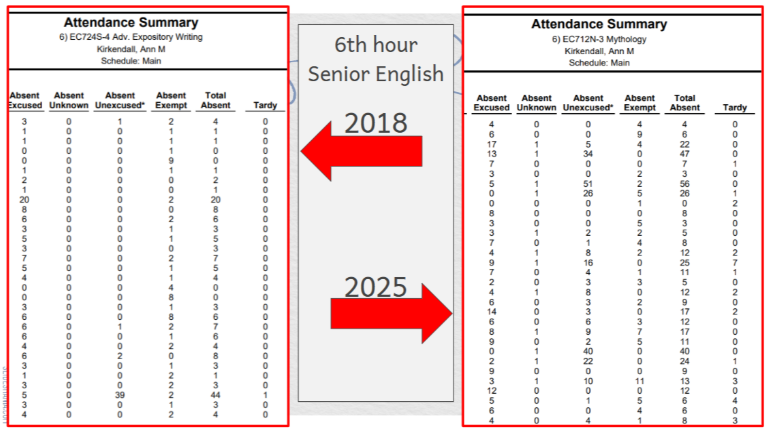A look into ASMR
December 13, 2021
Have you ever found yourself enjoying the sound of tapping? Maybe the sound of someone whispering something into your ear, the sounds of someone turning the crisp page of a book, hands tapping on a hard surface, or delicate hand movements? Maybe even the soft talking from Bob Ross in his painting videos or the running water of a stream. What you’re experiencing may feel like tingles running up and down your spine.
Autonomous Sensory Meridian Response (ASMR) has been a trending topic since 2013, but started in 2009, and is still a popular sensation now. From whispering to making hand motions, food eating, mouth sounds, role-playing, and much more all into a microphone. If you type something into your search bar and add “ASMR” after it, it’ll probably exist.
ASMR is more than a video on YouTube, it’s an emotional and physical response to outside stimuli. “ASMR is the sensation experienced by some people in response to specific sights and sounds, described as a warm, tingling, and pleasant sensation starting at the crown of the head and spreading down the body. The ‘tingles’ — sometimes described as ‘brain tingles’ or ‘brain orgasms’ — are typically accompanied by feelings of calm and relaxation.” as described by researchers at the University of Sheffield.
Many people may listen to it for different reasons; some listen to it to help their anxiety, help with sleeping struggles such as insomnia, or simply for fun. ASMR is typically formed during childhood, some examples being storytelling or a guess game of “what letter am I tracing on your back?”.
However, ASMR is not meant for everyone and everyone has their own preferences when it comes to it. Because of the lack of research on ASMR, we have decided to conduct our own. We polled students on Instagram to begin our research, and from the respondent volunteers, we chose our subjects.
To begin, we recorded the volunteer’s heart rate and determined their mood on a scale of one to ten. After the data was recorded, each volunteer watched five minutes of a no-talking ASMR video that involved clicking buttons on a game controller and five minutes of a personal attention ASMR video that involved the artist whispering into the microphone to imitate a more relaxed environment.
After the volunteers watched the videos, their heart rate and mood were recorded again and any additional comments that they made about the experience of ASMR. Throughout our experiment, we noticed that answers varied between everyone such as in heart rate and moods. Many stayed the same but also changed.
Jr. Kira Guerrin was the first person we tested. Her heart rate was 66 beats per minute and she rated her mood a six out of ten. We then left her in a quiet setting to listen to the assigned videos. After 10 minutes, we came back to check her pulse and it had gone up 14 beats per minute and stated her mood went down to a five and made a few comments on the videos. “Some of it was ambient, it was weird, creepy like someone was scratching my brain,” said Guerrin, in response to the no-talking video.
Sophomore Karalynn Davis had very different responses to the experiment. Davis’ heart rate started at 85 bpm and decreased to 75 bpm, and her mood stayed the same. Davis had a calm and indifferent approach to the experiment. “I think ASMR, in general, is an uncomfortable thing to do in public places and it makes people more vulnerable listening to them. In my opinion, I liked the talking video better than the no talking video. I couldn’t understand a lot of the talking that was going on but it was a calm environment. I felt indifferent about it and she made a lot of noise.” said Davis.
Senior Emmett Deur had an adverse reaction to the experiment. Deurs’ heart rate started at 84 and ended at 98 after watching the videos as well his mood went down from a six to a five. “The button clicking was satisfying but the scratching of the nails was a bit wack. I won’t be able to sleep easily tonight knowing that we gave her money by watching that video..the aggressive white noise and mouth noises were uncomfortable, I wonder what her parents think of that video”, he said.
ASMR is nothing but interesting. With our results, we were able to conclude that it has an effect on one’s mood and heart rates. However, there is still so much more we don’t know about this and why only some people find satisfaction and comfort in ASMR.
Researchers still have wandering questions, such as whether or not ASMR can be used as a form of functional therapy, or if it can be used as a treatment to help people with Insomnia or Anxiety. For all we know, ASMR will forever help people, and some will find enjoyment in these videos.



